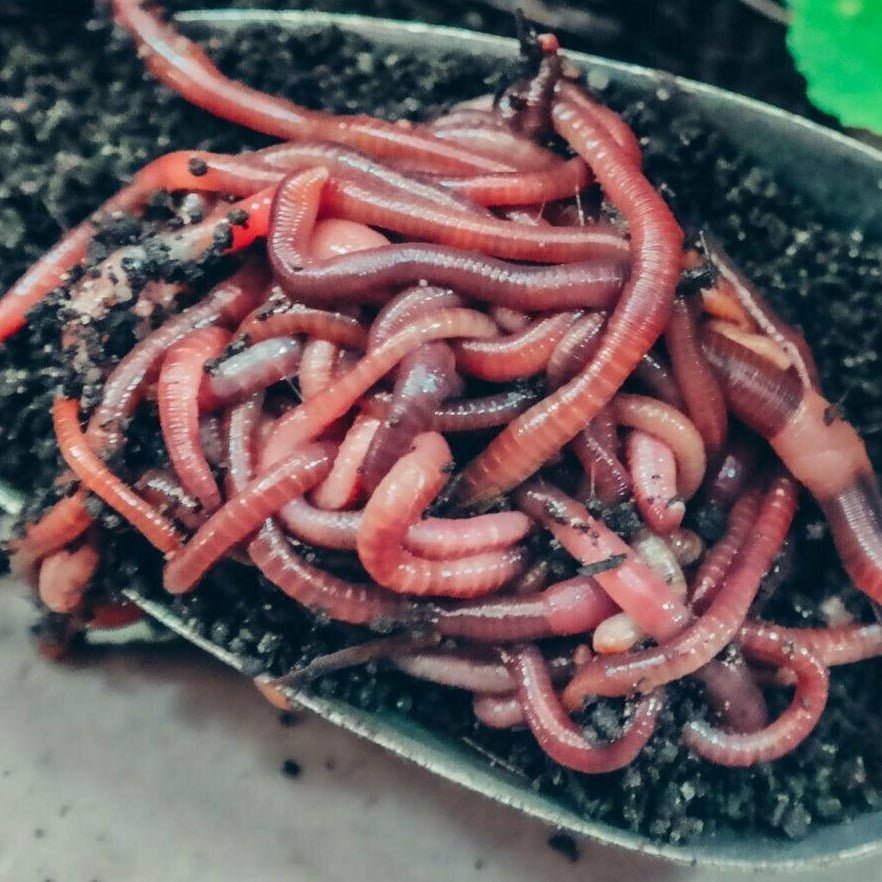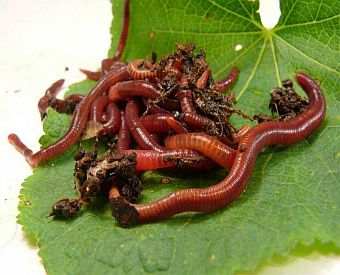Red Wiggler Worms Demystified: Opening the Keys of Vermiculture for Greener Living and Nutrient-Rich Soil
In the realm of sustainable methods for improving dirt high quality and advertising eco-conscious living, red wiggler worms play a critical yet often overlooked duty. Red Wiggler Worms. Understanding the complexities of caring for these worms, maximizing their atmosphere, and using their castings can lead to a greener lifestyle and much healthier dirt for plants to grow.
The Role of Red Wiggler Worms
Red Wiggler worms play a vital function in composting systems by successfully breaking down raw material into nutrient-rich castings. These voracious eaters consume a variety of natural materials, such as kitchen scraps, backyard waste, and paper items. As they feed, the worms' digestion processes damage down the raw material into a fine, dark, and nutrient-dense product known as worm spreadings or vermicompost.
The spreadings produced by Red Wiggler worms are highly valuable for soil health and plant development. They are rich in vital nutrients like phosphorus, potassium, and nitrogen, which are vital for sustaining healthy plant advancement. Additionally, worm castings have helpful microbes and enzymes that assist improve soil framework, boost water retention, and boost nutrient uptake by plants.
Benefits of Vermicomposting

It boosts soil framework, boosts soil oygenation, and boosts soil wetness retention. Vermicompost additionally enhances the dirt with important nutrients like phosphorus, nitrogen, and potassium, advertising plant growth and general dirt fertility.
Additionally, vermicomposting supports sustainable horticulture practices by supplying a all-natural and chemical-free option to artificial plant foods. Red Wiggler Worms. This environmentally pleasant strategy not only enriches the soil yet also assists minimize dependence on damaging chemicals, advertising a greener and more sustainable means of horticulture
Establishing Up a Worm Container
When developing a worm container for vermicomposting, proper arrangement is essential to make sure the success of the composting process. The initial step in establishing up a worm container is picking an ideal container.
After adding the bed linen, introduce the red wiggler worms to the container. The worms ought to then be supplied with food scraps such as fruit and vegetable peels, coffee premises, and eggshells.
Consistently keep an eye on the moisture degrees and temperature in the worm container to ensure optimum conditions for the worms. With appropriate setup and upkeep, the worm bin will effectively convert natural waste into nutrient-rich compost for your plants and yard.
Gathering Worm Castings
To successfully accumulate nutrient-rich worm spreadings from your vermicomposting system, a methodical harvesting approach is necessary. When it comes time to collect the worm spreadings, there are a couple of key steps to comply with to ensure an effective process. First of all, quit including fresh food scraps away of the worm bin for a couple of weeks before collecting. This encourages the worms to migrate sideways with fresh bed linen and food, making it much easier to dig the other castings from the other side.

Troubleshooting Common Issues
Recognizing and attending to common difficulties that may occur throughout the vermicomposting procedure is crucial for maintaining a efficient and healthy worm container. Adding excess food scraps can lead to a build-up of moisture and acidity in the worm container, potentially hurting the worms. One more issue is unpleasant odors emanating from the worm bin.
Furthermore, if the worm populace is decreasing or the worms appear harmful, it might be due to ecological stress factors look at this website such as severe temperatures or pH degrees. Monitoring these elements and making essential adjustments is essential for the well-being of the worms. By troubleshooting these typical issues without delay, vermicomposters can ensure a effective and smooth vermicomposting process while keeping a growing worm populace.

Final Thought
To conclude, red wiggler worms play a vital role in vermiculture by breaking down raw material into nutrient-rich dirt. The benefits of vermiculture include greener living and improved soil top quality. Establishing up a worm container is important for successful vermiculture, and gathering worm spreadings provides valuable garden compost for gardening. By comprehending and troubleshooting typical problems, individuals can unlock the keys of vermiculture for lasting living and much healthier dirt.
As they feed, the worms' digestive system processes break down the organic matter right into a penalty, dark, and nutrient-dense product understood as worm spreadings or vermicompost.
The castings generated by Red Wiggler worms are extremely beneficial for dirt wellness and plant growth. Adding excess food scraps can lead to a build-up of moisture and level of acidity in the worm bin, possibly damaging the worms.Furthermore, if the worm populace is decreasing or the worms show up undesirable, it might be due to environmental stressors such as severe temperature levels or pH levels. Establishing up a worm container is important for effective vermiculture, and gathering worm castings offers important compost for gardening.